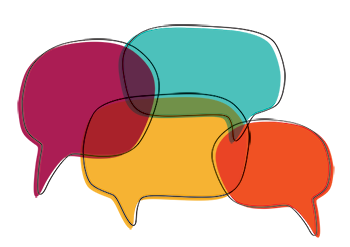The Power of Instructional Language
Feb 14, 2022

By: Nichole Morrissey
Instructional Language is what we say and do in a classroom to teach new information. One way we use this is by intentionally and systematically increasing students’ understanding of vocabulary. When a student’s vocabulary is linked with a solid understanding of meaning, learning grows exponentially.
Instructional Language must include both what the word means and why. Simply stated, we must define a word as it is used, never assuming the meaning is already known. Effective communication is not dependent on a student hearing what is said but truly understanding it.
It is most effective to infuse meaning into words as they naturally come up in instruction rather than teaching words in isolation. This helps students understand the purpose, process, and use of language.
With 70% of English words originating from Latin or Greek language, the instruction in prefixes, suffixes, and roots is important. If we can identify what a word means by simply looking at the word, its definition never needs to be memorized. The answer or meaning is in the word itself. In a math classroom, the “what to do” is actually in the words themselves. If the meaning of the word is introduced with historical reference at its first demonstration in instruction, the students begin to understand the word's meaning. They learn that the word holds only that purpose, that is to describe the math action or process.
As students seek connections with other similar words, this increases their understanding. With greater exposure across all disciplines, students become curious about how all learning links together.
In a math classroom, we start with the language of the students and link it to the language of the teacher. Only then do we connect to the Language of Math, never expecting students to already know it. As we define each of the words we use, it demystifies mathematics processes and makes them more approachable, accessible, and easy to remember. Rather than the words being impossible to remember, the words themselves tell us what to do.
We explicitly link known vocabulary and concepts to new material through our use of language. I think of this as finding a hook for the student to hang the information on and then using multisensory instructive methods to show them how to link it and use it. Knowing both what and why is important. The new information must have a place to go and Instructional Language is how we prepare the place. Our multisensory instruction methods are how we make the link.
Instructional Language focused intentionally, purposely, and systematically on students' learning needs is so powerful. This is one way we make a difference in students' learning outcomes.
